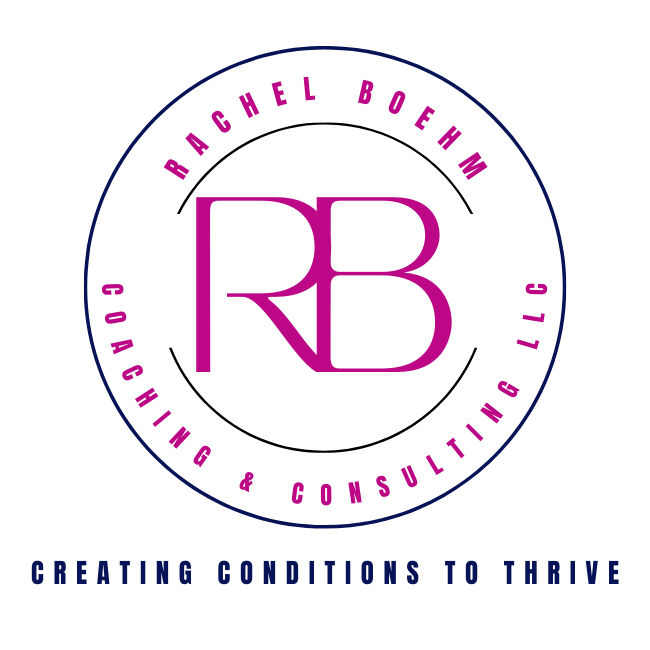How to Get UnStuck: Rethinking Failure and Escaping Sunk Costs
Up next in our unlearn/re-learn series is sunk costs and failure. The sunk cost fallacy is essentially throwing good money or time after bad. For example, staying in an education program or job or relationship even when you’re unhappy, just because you’ve already invested money and/or time into it. Less severe examples include finishing a book or movie that you’ve started and don’t enjoy simply because you’ve already started. I’ve even seen this play out with personal care products: someone will want to get new skincare products because they are unhappy with the results of what they are currently using, and don’t even enjoy using them. But, they want to wait until they finish using up their current stock before making a change. The sunk cost fallacy affects every level of our lives, day-to-day seemingly low-stakes decisions and more high-stakes life-altering decisions. We’re susceptible to the fallacy because we aren’t rational decision makers. We humans can’t help but make decisions based on emotions. Facts tell, stories sell, is a well-known marketing strategy that speaks to this, whether the marketer is selling a product or an idea. Many individuals, maybe even most, also have a misconception of failure. We see failure as a terminal point, rather than an obstacle or even learning opportunity. Take Back Control
To take control back over sunk costs, the first step is becoming aware that the fallacy exists. Great news, this means you’re already on your way after reading this!The next step is to give yourself permission to pause at decision points and really evaluate current and future costs compared to what has already been spent. What has been spent is unrecoverable regardless of whether you continue forward or pivot. If you continue, you will be spending more time, money, and energy on a situation that is not serving you. This brings an emotional cost to you as well. Again, throwing good resources after bad. But if you pivot, you will save yourself from wasting time, money, and energy (and emotions) on a fool’s errand. In choosing to pivot, you can reframe your new direction not as failure but as a success.This is step three, rethinking failure. Failure is part of life. It means you are trying and learning and actually living. There is no way to avoid failure. In fact, one could argue that even those who push themselves through a path of unhappiness, even if it feels safe and one of commitment (“or sunk costs”), fail in the end. They fail because they have spent their one life being unhappy. Talk about a waste of resources.
Rethink Failure
Failure is not a dead-end. Try instead to think of failure this way:Life is a trail up a mountain, with death being the summit. Failure doesn’t mean the path ended and you have to some how magically hop onto another trail. It means you came across a fallen tree or rock, and you have to climb over, crawl under, or slide around it to continue onward. Each time you do that, you learn something. You learn how to evaluate a situation, think critically, and solve the problem. Each time you overcome a failure, you shorten the time it will take to overcome the next. Failure is learning. Not an ending. It’s not a character flaw. After you’ve recognized the trap of sunk costs, given yourself permission to more critically way decision points in life, and made friends with failure, the last step is putting this into practice. This won’t always be easy, especially at first. You may fear what others will think of you. They may still be hung up on sunk costs and fears of failure, after all. Remember, other people’s opinions do not pay your bills. You do not have to answer to anyone. Those who truly support you will support you, no matter what. Those who don’t, never really did in the first place. Check Yourself
You can test your susceptibility: https://esmt.az1.qualtrics.com/jfe/form/SV_3dQHR5heIEH6sBwResearchers published in the Journal of Economic Behavior & Organization (Ronayne et al., 2021) the research supporting 8 questions that measure your susceptibility to the sunk cost fallacy. The higher the score, the higher your susceptibility. References:https://thedecisionlab.com/biases/the-sunk-cost-fallacy/https://www.sciencedirect.com/science/article/abs/pii/0749597885900494https://warwick.ac.uk/fac/soc/economics/research/centres/cage/manage/publications/wp475.2020.pdf 


